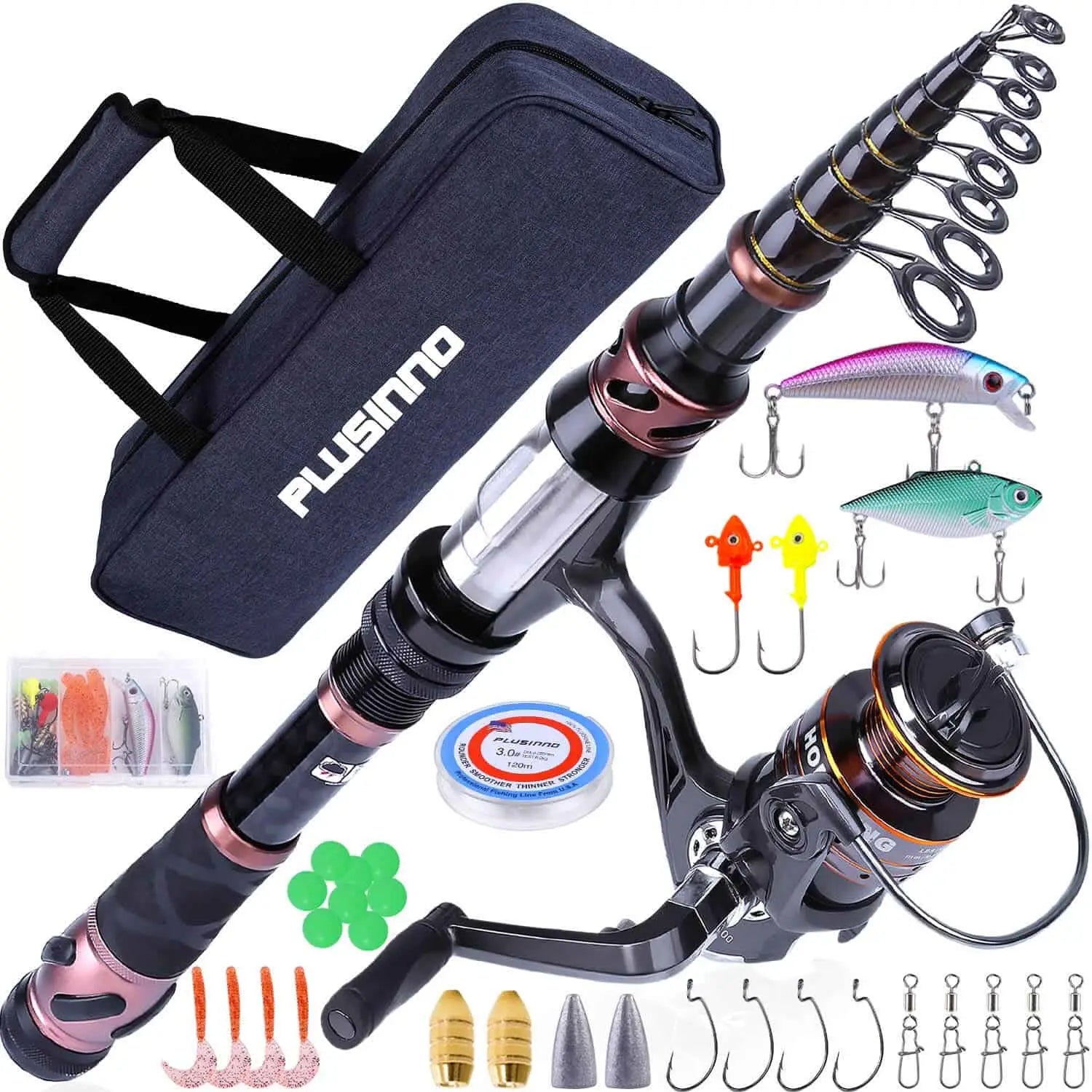When it comes to fishing, the right equipment can make all the difference. Whether you're a seasoned angler or just starting out, understanding how to adapt your rod and reel for different environments is crucial for a successful fishing experience. In this article, we will explore the various considerations and techniques involved in transitioning from freshwater to saltwater fishing.

Choosing the Right Gear
One of the first steps in adapting your rod and reel for different environments is selecting the appropriate gear. Freshwater and saltwater fishing require different equipment due to the unique challenges posed by each environment. In freshwater, you can typically get away with lighter gear, while saltwater fishing often requires heavier, more durable equipment.
For freshwater fishing, a medium to light action rod paired with a spinning reel is a popular choice. This combination offers versatility and ease of use, making it suitable for a wide range of freshwater species. On the other hand, saltwater fishing calls for a heavier rod with a higher line weight capacity to handle larger fish and withstand the corrosive effects of saltwater.
Considerations for Saltwater Fishing
When transitioning from freshwater to saltwater fishing, there are several important factors to keep in mind. The corrosive nature of saltwater can quickly damage your gear if not properly maintained. It is essential to rinse your rod and reel with freshwater after each saltwater fishing trip to remove any salt residue and prevent corrosion.
In addition to maintenance, the type of fishing you plan to do in saltwater will also influence your gear selection. If you're targeting larger species like marlin or tuna, a heavy-duty rod and reel combo with a high line capacity is necessary to handle the powerful runs and deep dives of these fish. On the other hand, if you're fishing inshore for species like redfish or snook, a medium-heavy rod and reel setup will suffice.
Adapting Techniques
Transitioning from freshwater to saltwater fishing also requires adapting your fishing techniques. In saltwater, the currents and tides play a significant role in fish behavior, so understanding these factors is crucial for success. Additionally, saltwater species often have different feeding habits and preferences compared to their freshwater counterparts.
For example, in freshwater, using live bait or artificial lures that mimic the natural prey of the fish you're targeting is common. In saltwater, however, the use of live bait such as shrimp, crabs, or small fish is often more effective due to the diverse and abundant marine life.
Conclusion
Adapting your rod and reel for different environments is essential for a successful fishing experience. Whether you're transitioning from freshwater to saltwater or vice versa, understanding the unique challenges and considerations of each environment is key. By choosing the right gear, maintaining it properly, and adapting your fishing techniques, you can maximize your chances of landing that trophy catch. So, next time you head out to the water, remember to adapt and enjoy the thrill of fishing in different environments!








